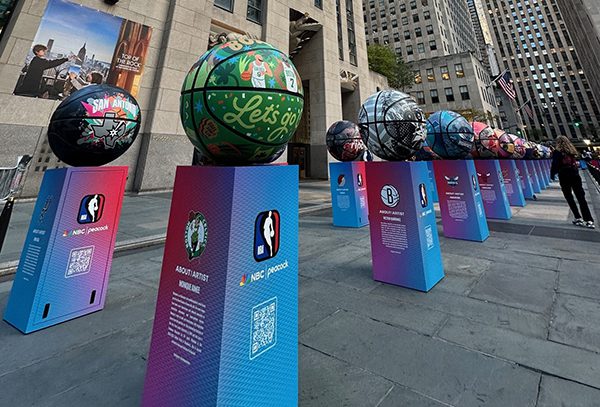Nearly half of all respondents to a recent survey conducted by Forbes said that search engine optimization is the most effective online marketing tactic for generating conversions online.
The “2009 Ad Effectiveness Survey” showed that 48 percent of the 112 senior-level marketing executives in the U.S. who responded said SEO was the most effective way to generate conversions on the Internet.
E-mail and e-newsletter was the second most popular answer with 46 percent saying this was the most effective online marketing tactic for making conversions, followed by pay-per-click/search with 32 percent, behavioral targeting with 21 percent and site or page sponsorship with 20 percent.
Viral marketing (15 percent), ad networks (12 percent), pay-per-impressions ads on digital publications (10 percent), video ads (6 percent) and other (3 percent) rounded out the rankings of the 10 answers.
For senior-level marketing executives with budgets of $1 million or more, SEO was favored slightly more, garnering 53 percent of the response.
However, unlike the overall response, pay-per-click/search ranked second for these executives with deeper pockets, as this tactic earned a 43 percent response.
E-mail and e-newsletter was third with 39 percent of the response, followed by behavioral targeting with 27 percent, site or page sponsorship with 14 percent and pay-per-impression ads on digital publications with 14 percent.
Viral marketing (12 percent), ad networks (10 percent), video ads (10 percent) and other (2 percent) rounded out the rankings of the 10 answers from executives with these bigger budgets.
Affecting brand perceptions requires a different list of priorities, according to the executives surveyed for the study. Site or page sponsorship earned the biggest chunk of support with 43 percent of all respondents saying it was the most effective online marketing tactic for affecting brand perceptions, followed by SEO with 32 percent.
E-mail and e-newsletter was third with 30 percent, followed by pay-per-impression ads on digital publications with 25 percent, viral marketing with 25 percent and behavioral targeting with 21 percent.
Video ads (18 percent), ad networks (14 percent), pay-per-click/search (14 percent) and other (2 percent) rounded out the list of ranked responses.
For marketing executives with budgets of $1 million or more, site or page sponsorship topped the list as well, with 37 percent of the response. This was followed by SEO and pay-per-impression ads on digital publications, each with 29 percent.
Viral marketing (27 percent), video ads (24 percent), behavioral targeting (22 percent), e-mail and e-newsletter (18 percent), ad networks (16 percent), pay-per-click/search (14 percent) and other (4 percent) rounded out the list of responses from these executives with bigger budgets.
The executives who responded to the survey also said in March that they would shift their marketing budget allocations in the next six months.
Viral marketing was a popular pick (42 percent) to receive a higher percentage of online marketing budget allocations in March, followed by SEO (40 percent), behavioral targeting (31 percent), pay-per-click/search (29 percent) video ads (26 percent), pay-per-impression ads on digital publications (26 percent), sponsorship of site, publication or page (23 percent), e-mail and e-newsletter (22 percent) and ad networks (13 percent).
Behavioral targeting and pay-per-click/search were popular picks (57 percent) to receive the same percentage of budget allocations, followed by SEO (52 percent), e-mail and e-newsletter (49 percent), sponsorship of site, publication or pages (46 percent) and video ads (45 percent).
Ad networks was the most popular pick (53 percent) to receive a lower percentage of online marketing budget allocations, followed by pay-per-impression ads on digital publications (35 percent), sponsorship of site, publication or page (31 percent) and pay-per-click/search (31 percent).
Fifty-seven percent of respondents indicated they spent less than a quarter of their marketing budgets on online efforts.
Source:



